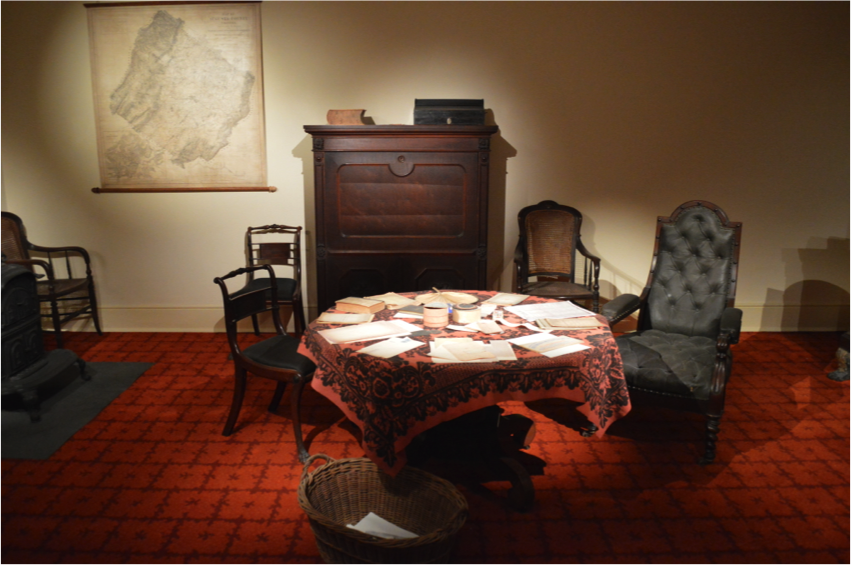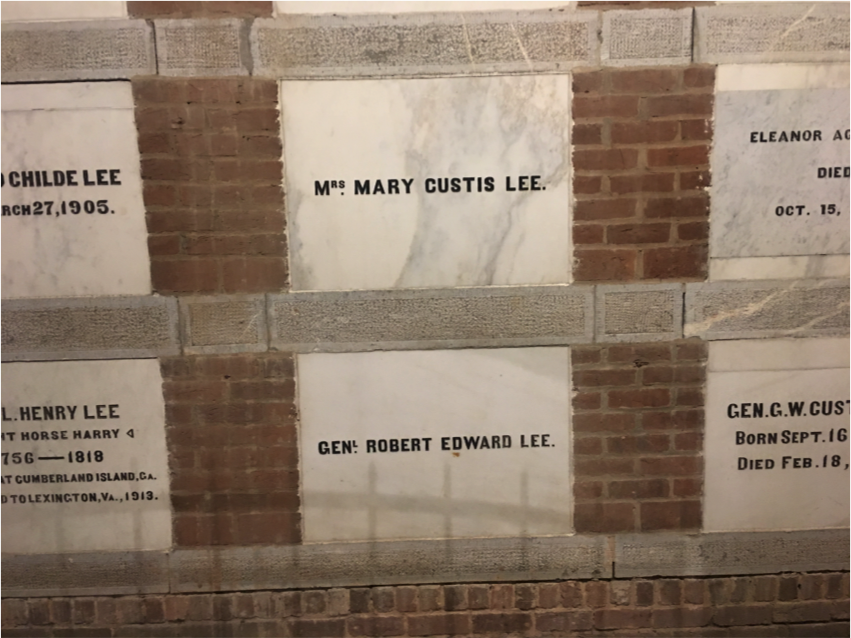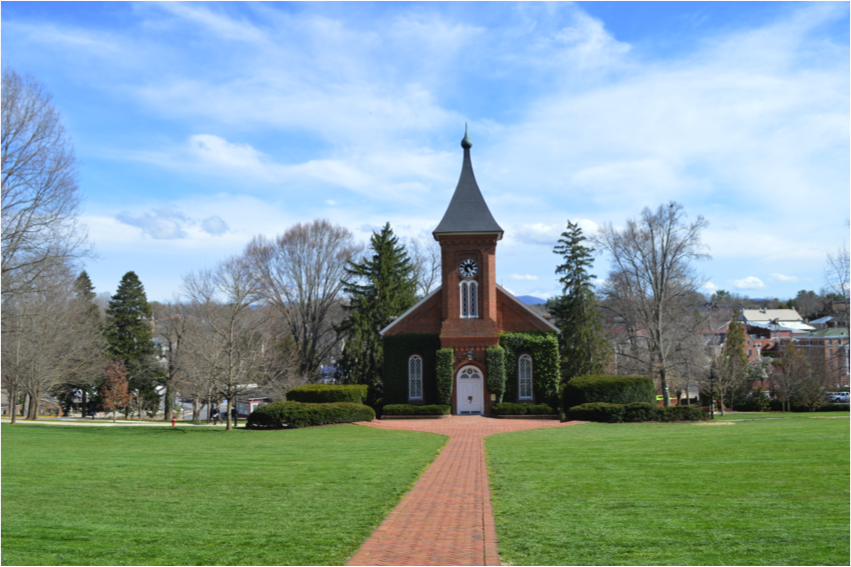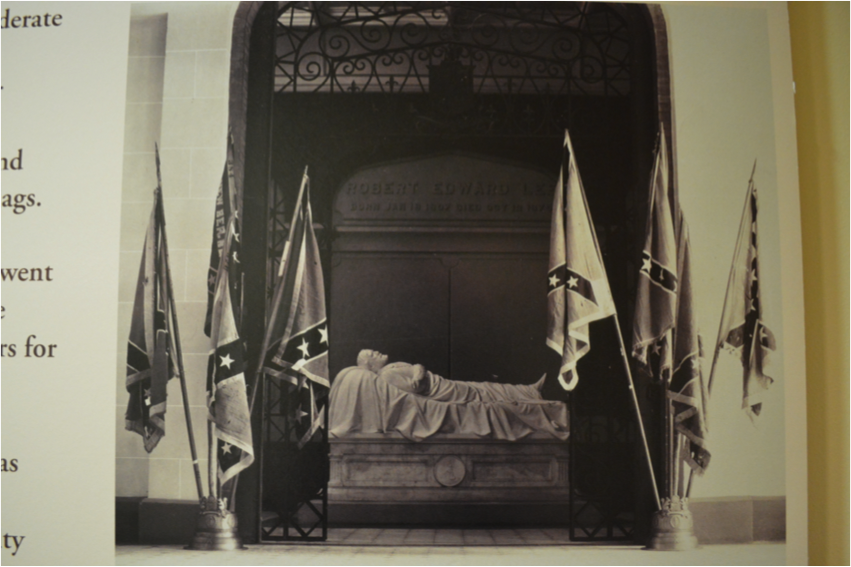
Construction
In 1867, the university began construction on the chapel at the request of Robert E. Lee, the school’s president.

Lee's death
Lee died on Oct. 12, 1870. He was buried beneath the chapel but was moved to his family crypt in 1883, when the university built an addition to the building to include a sculpture, “The Recumbent Lee,” by Edward Valentine.

Contemporary use
Lee Chapel is a gathering place for W&L's most important events, including concerts, lectures, and other events related to the student-run honor system.

Home for honor
As president, Lee encouraged students to take responsibility for their conduct: "As a general principle you should not force young men to do their duty, but let them do it voluntarily and thereby develop their characters."

Confederate flags
In 2014, a group of African-American law students wrote a letter to the university president, urging removal of Confederate flags from the Chapel. Kenneth P. Ruscio, the president at the time, discovered that the flags were replicas, and he ordered their removal.

Off limits
The gate in front of the Lee statue was closed in August 2017 after white nationalists and counter-protesters fought in the streets of nearby Charlottesville over a proposal to remove a statue of Lee from a city park.

